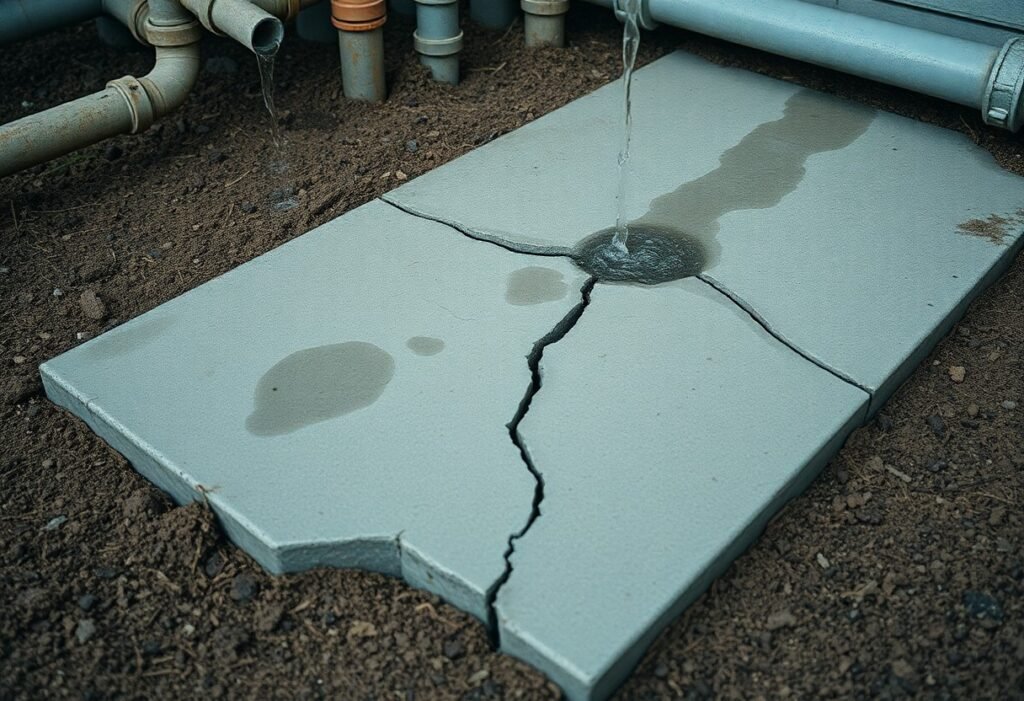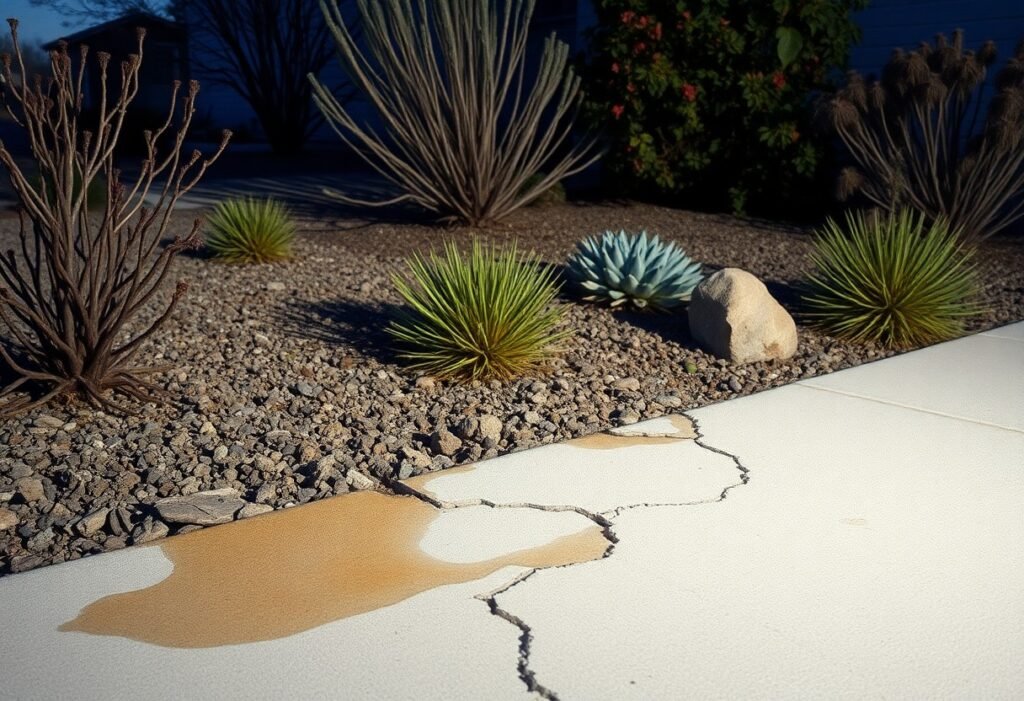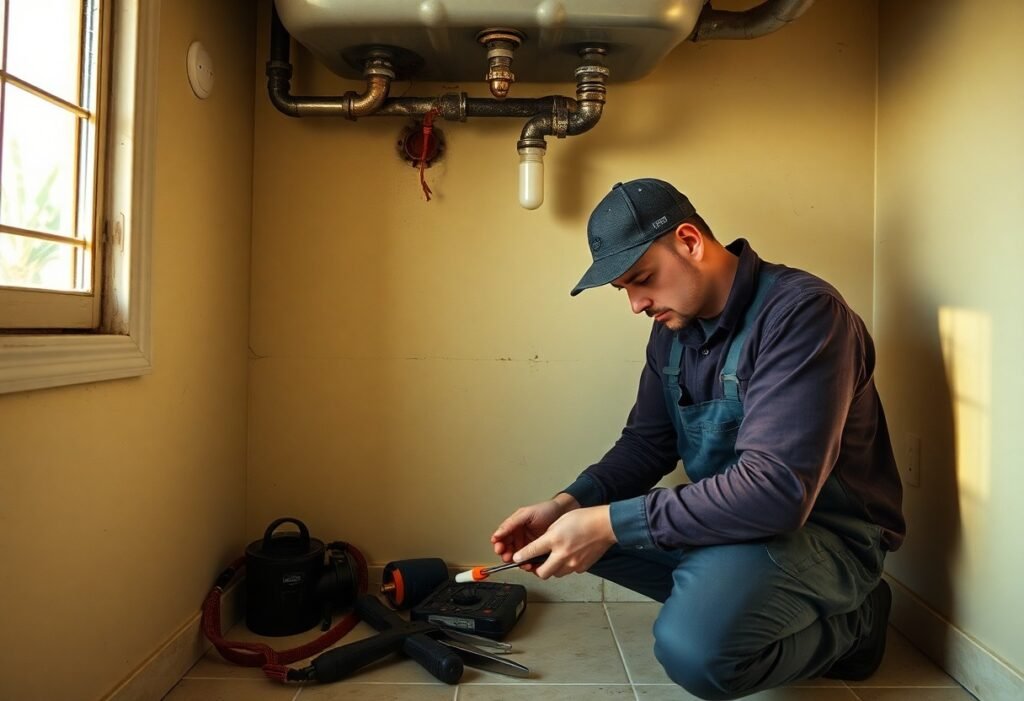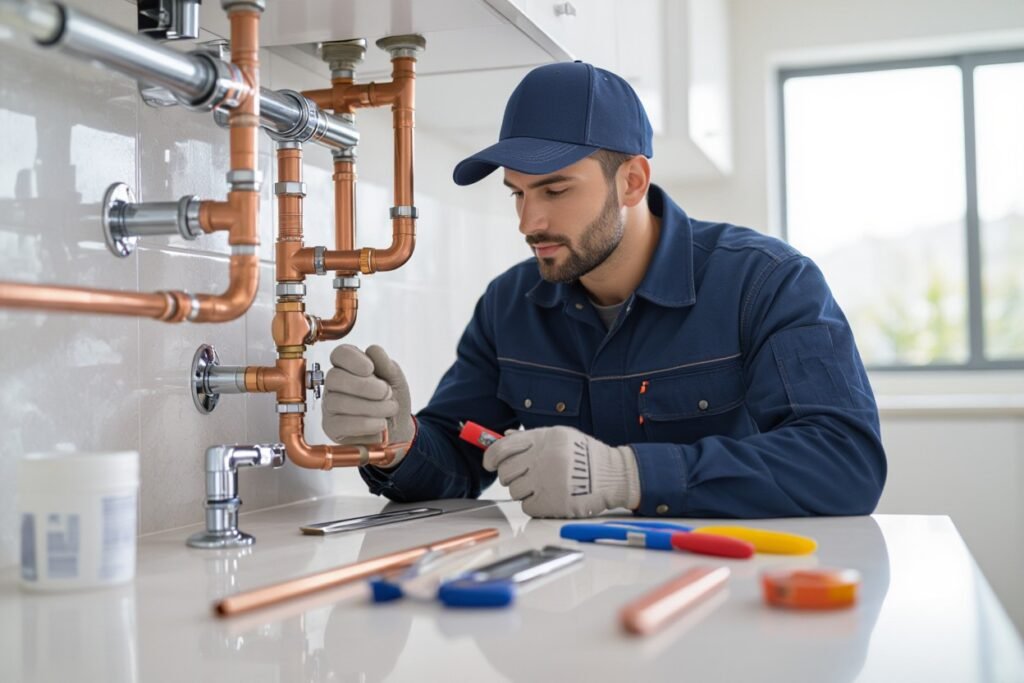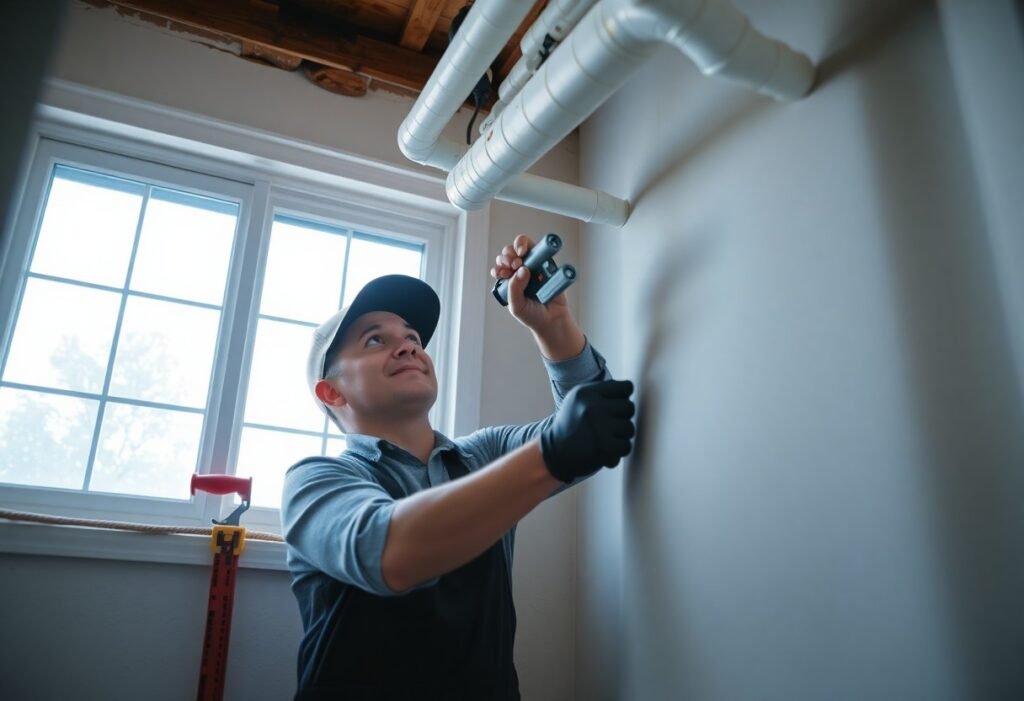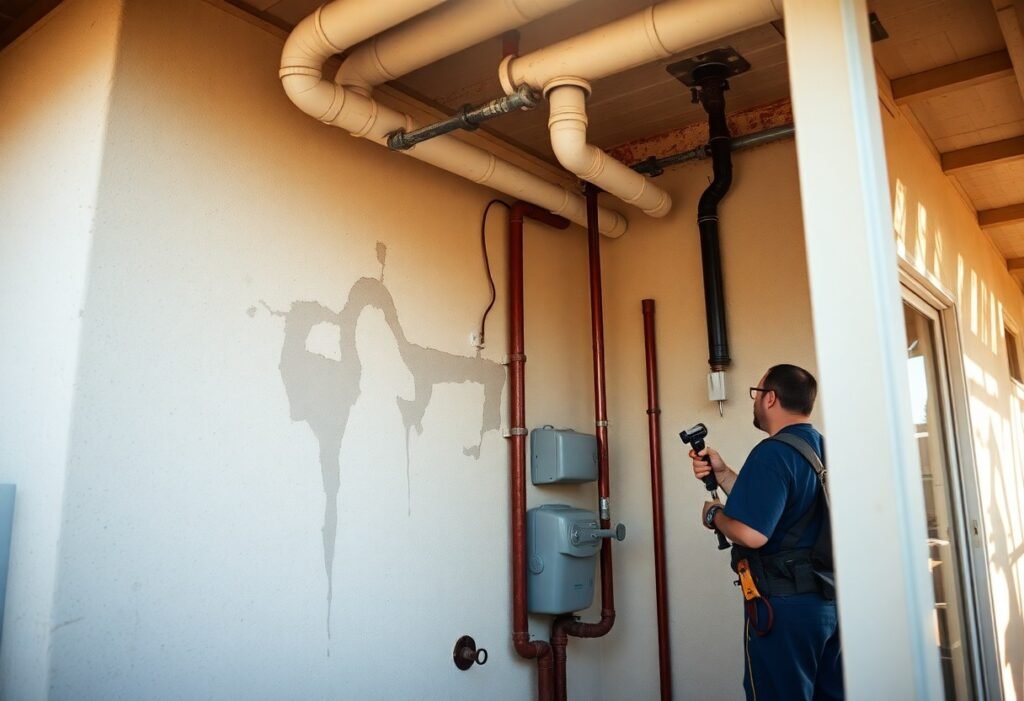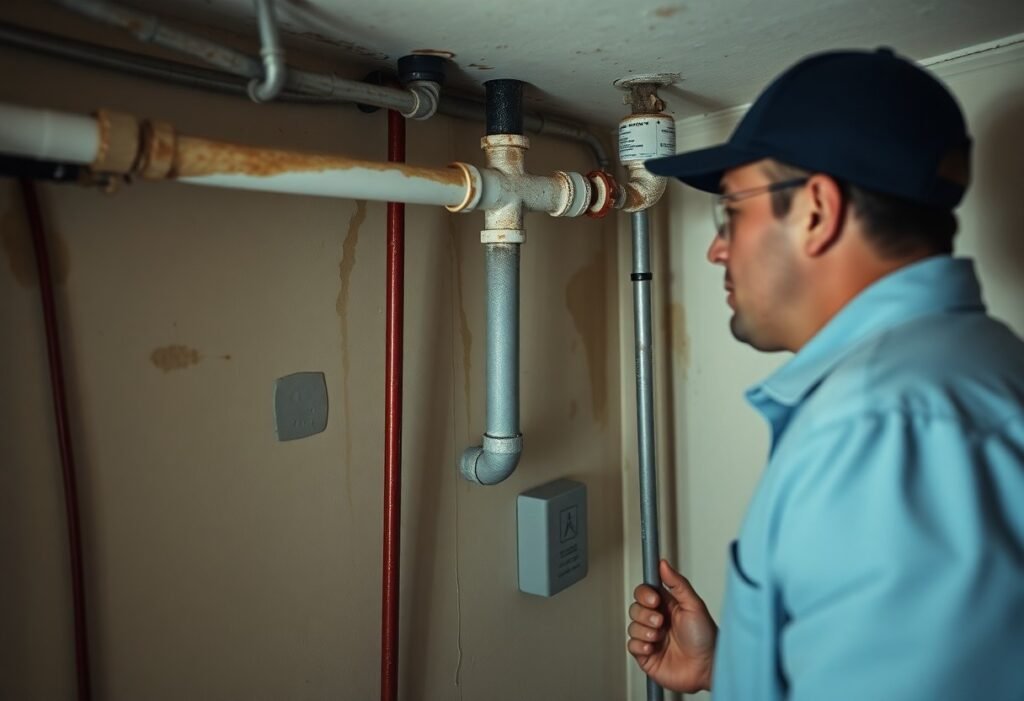Beyond the Obvious – Uncovering Hidden Slab Leaks in Orange County Homes
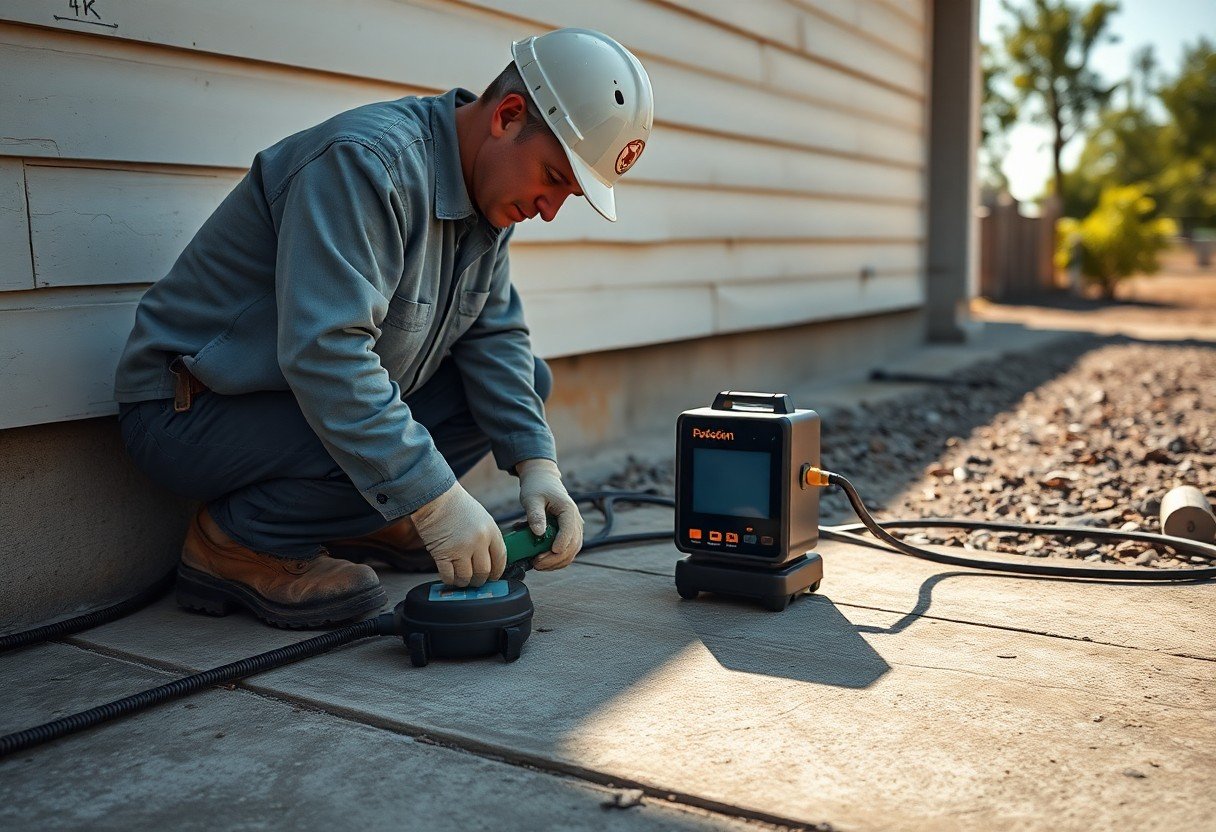
Leaks can lead to significant damage in your home, particularly when they occur beneath your slab foundation. In Orange County, *hidden slab leaks* might not be immediately apparent, making it necessary for you to be vigilant. If left undetected, these leaks can not only *cause structural damage* but also *increase your water bill* and create a *breeding ground for mold*. This post will guide you through the signs to look for and the steps you can take to ensure your home remains safe and secure from these elusive issues.
Key Takeaways:
- Slab leaks can lead to significant damage if not promptly identified, affecting both the foundation and structure of homes in Orange County.
- Common signs of hidden slab leaks include damp spots on floors, an unusual increase in water bills, and the sound of running water when all faucets are off.
- Utilizing advanced detection methods, such as infrared thermal imaging and acoustic leak detection, can help homeowners quickly locate and address slab leaks before they escalate.
Identifying the Silent Signals of Slab Leaks
Slab leaks often go undetected until they cause significant damage. Being aware of the subtle signs in your home can help you catch these leaks early. Keeping an eye out for specific indicators allows you to take action before further complications arise, including costly repairs. Familiarizing yourself with these signals ensures that you can protect your home and maintain its value.
Unusual Water Bill Fluctuations
Unexpected spikes in your water bill can be a major indicator of a slab leak. If you notice a sudden increase in usage without a corresponding rise in your water activities, this discrepancy may signal an undetected leak beneath your foundation. Sometimes, these increases can be as high as 20-30% more than usual, alerting you to investigate further.
Subtle Symptoms: Musty Odors and Mold Growth
Any hints of musty odors or visible mold in your home should not be taken lightly. These symptoms often accompany slab leaks, as the moisture from the leak creates a favorable environment for mold growth. You might notice the smell in areas close to your foundation, like basements or crawl spaces, leading to further investigation. Persistent damp spots on walls and floors could serve as additional warning signs of potential moisture issues.
Musty odors often develop before you see any visible signs of mold, making them an early warning system for potential slab leaks. If your home has areas where moist air lingers or where the atmosphere feels dense, these signs should prompt you to investigate further. Given that certain mold types can grow in just 24-48 hours, quick action is vital to prevent health hazards and further property damage. A thorough inspection can identify whether the source is a slab leak or another issue altogether.
The Staggering Impact of Unnoticed Water Damage
Ignoring water damage can lead to significant consequences for homeowners. Unseen leaks can escalate into major problems, resulting in costly repairs and detrimental effects on your property. It’s not merely about surface stains; the hidden damage that water causes can undermine your home’s value and safety. Unaddressed leaks not only waste resources but can also pave the way for extensive renovations that can impact your wallet and your peace of mind.
Structural Integrity at Risk
Your home’s structure is made up of materials that cannot withstand prolonged exposure to moisture. Wooden beams, joists, and flooring deteriorate when consistently exposed to water, leading to weakened foundations and potential collapse. In severe cases, structural issues can cost homeowners thousands, diminishing the overall safety and stability of your home.
Health Hazards Linked to Prolonged Moisture
Excess moisture creates an environment where mold thrives, posing serious health risks to your family. Mold spores can trigger allergies, respiratory issues, and other serious health conditions, particularly for vulnerable groups like children and the elderly. Even after you’ve addressed the leak, lingering moisture can continue to promote mold growth, necessitating thorough inspections and remediation efforts.
The presence of mold isn’t just an aesthetic concern; it can drastically affect your indoor air quality. For instance, exposure to black mold has been linked to severe respiratory problems and neurological issues in some studies. Inspections often reveal mold hidden behind walls or beneath floors, resulting in extensive remediation efforts. Keeping humidity levels low and ensuring proper ventilation is imperative in preventing these health risks and maintaining a safe living environment for your family.
Advanced Detection Techniques for Homeowners
Identifying slab leaks requires a proactive approach beyond traditional methods. Equipped with the right tools, homeowners can benefit from advanced detection techniques that can unveil leaks hidden beneath the surface. These methods not only save you time but can also prevent costly water damage. Here’s what you need to know:
- Infrared Technology
- Acoustic Leak Detection
- Moisture Mapping
- Pressure Testing
| Detection Technique | Description |
|---|---|
| Infrared Technology | Uses thermal imaging to detect temperature variations caused by leaks. |
| Acoustic Leak Detection | Utilizes sound waves to identify water moving within pipes. |
| Moisture Mapping | Employs moisture meters to pinpoint areas of excess humidity. |
| Pressure Testing | Assesses the integrity of plumbing systems under pressure. |
Infrared Technology: Seeing What’s Beneath
Infrared technology enables you to visualize heat patterns that highlight temperature differences under your floor. When water escapes from pipes, it cools down surrounding areas, allowing infrared cameras to detect these anomalies. By understanding these patterns, you can pinpoint potential slab leak locations without invasive measures.
Acoustic Leak Detection: Listening for Trouble
Acoustic leak detection harnesses the power of sound to locate leaks within your home’s plumbing system. Devices designed to pick up the sound of water escaping from pipes allow you to identify the source of a leak even if it’s unreachable. This method is particularly effective in homes with concrete or slab foundations.
Using advanced microphones, professionals can differentiate between normal sounds within the plumbing and the distinctive noise of leaking water. By strategically placing microphones along your plumbing lines, technicians can listen for the telltale hissing or splashing that indicates a leak. This targeted approach minimizes disruption and helps you address problems before they escalate.
Professional Intervention: When to Call an Expert
Signs of a slab leak can be subtle, leading you to wonder if a professional is truly necessary. If you notice unexplained increases in your water bill, mold growth, or warm spots on the floor, it’s time to consult an expert. Slab Leak Repair in Orlando | Expert Detection can help ensure the problem is addressed swiftly, preventing further extensive damages.
Choosing the Right Plumbing Specialist
Finding a qualified plumbing specialist is key to resolving slab leak issues effectively. Seek professionals with certifications and extensive experience specifically in detecting and repairing slab leaks. Online reviews and testimonials can be insightful, so pay attention to customer feedback. A plumbing service that offers a warranty for their work provides extra reassurance regarding the repairs you will receive.
Cost Considerations and Coverage Insights
The costs associated with slab leak repairs can vary significantly based on the severity and location of the leak. On average, you can expect to spend anywhere from $1,500 to $4,000, not including potential damage to flooring or foundations. Moreover, understanding your homeowner’s insurance policy can be beneficial, as some policies cover repairs linked to sudden, accidental leaks.
In many instances, insurance might cover both the repair costs and any damage caused by the leak. Verify whether your policy has specific conditions or exclusions, especially when it comes to flooding or neglect. You might need to provide evidence of maintenance to qualify for claims, making it vital to document any signs of leaks promptly. Engaging with your insurance company early can clarify coverage limitations, ensuring that financial surprises are minimized. Researching local plumbers who offer free estimates can help you gauge the potential costs ahead of time, guiding you in your decision-making process.
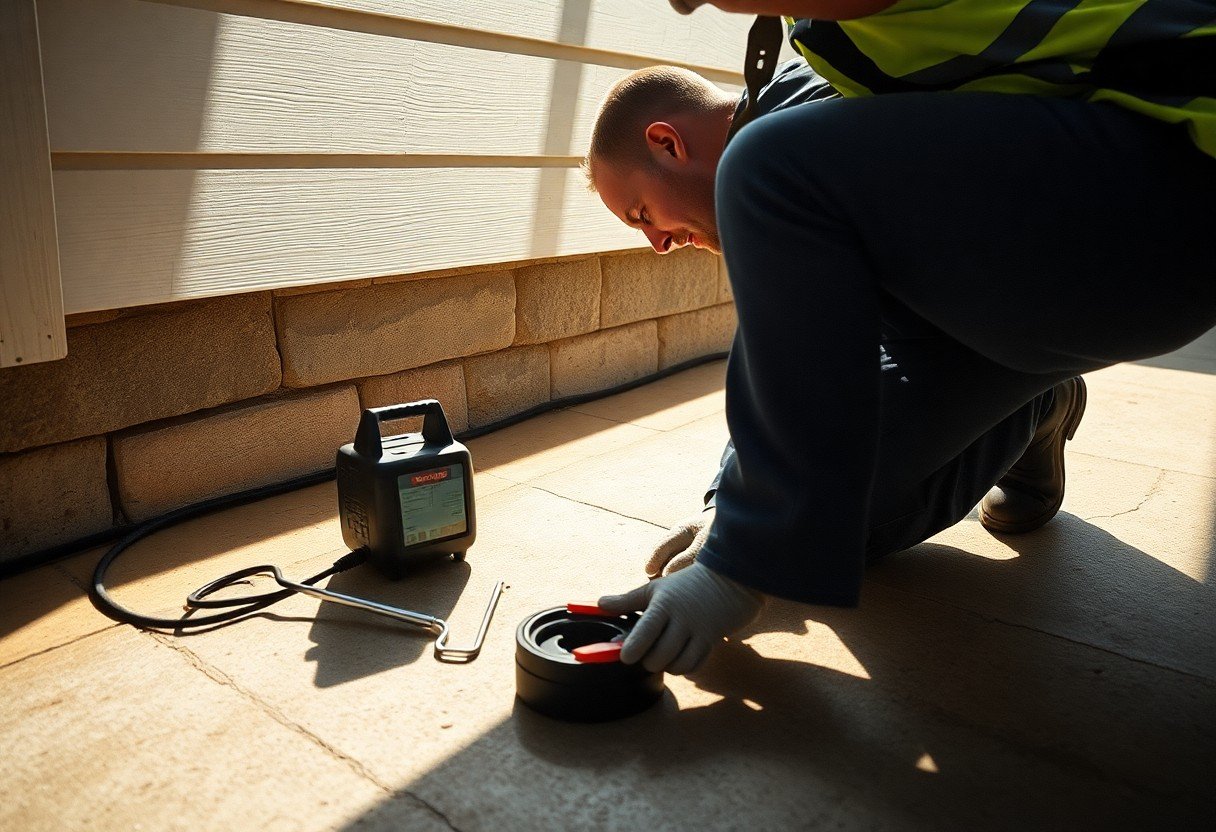
Preventative Measures to Protect Your Home
Taking proactive steps to safeguard your home from slab leaks ensures peace of mind. Regular maintenance and monitoring can save you from the costly repercussions of unnoticed water damage and keep your property in top condition. Implementing these preventative measures will help maintain your plumbing system and protect your investment.
Regular Plumbing Maintenance Tips
- Schedule annual plumbing inspections to identify potential issues.
- Check or replace old pipes that may weaken over time.
- Flush your water heater regularly to prevent sediment buildup.
- Keep an eye on your water bill; unexpected increases may signal leaks.
Perceiving these warning signs early can empower you to tackle plumbing issues before they snowball into major problems.
Early Warning System: Installing Leak Detection Devices
Installing leak detection devices in your home provides a smart and effective early warning system. These devices monitor moisture levels and water flow, alerting you instantly if there’s an unusual spike. This not only helps you address minor leaks before they progress but also brings you peace of mind when you’re away from home. Some advanced devices even connect to your smartphone, giving you real-time alerts regardless of your location.
By integrating leak detection devices into your home, you create a state-of-the-art protection system against potential water damage. These devices can be strategically placed in high-risk areas, such as near water heaters, washing machines, and under sinks. Many models are equipped with features that allow you to set thresholds for moisture detection, ensuring you stay informed before issues escalate. Investing in these devices can greatly reduce long-term repair costs, making them a wise addition to your home safety arsenal.
Conclusion
Now that you know the importance of uncovering hidden slab leaks in your Orange County home, it’s vital to stay vigilant for subtle signs that may indicate a problem. Regular inspections and being aware of unusual changes in your water bill, potential water damage, or ongoing mold growth can help you catch issues early. By taking proactive measures and seeking professional assistance when needed, you can protect your home from the costly consequences of undetected leaks and ensure a safe living environment for you and your family.
FAQ
Q: What are slab leaks, and how do they occur in homes in Orange County?
A: Slab leaks refer to water leaks that develop beneath the concrete foundation of a home. In Orange County, these leaks can occur due to a variety of factors, including the natural settling of soil, corrosion of pipes over time, shifting seismic activity, and soil expansion and contraction due to moisture changes. Identifying slab leaks early is important to prevent extensive damage to the foundation and structural integrity of the home.
Q: What are the common signs of a hidden slab leak in my home?
A: Homeowners should be vigilant for several signs that may indicate the presence of a hidden slab leak. These can include an unexplained increase in water bills, damp or wet spots on the floor, the sound of running water when all faucets are turned off, mold growth, and the presence of warm or cold spots on the floor. Noticing these signs should prompt homeowners to investigate further or seek professional assistance to avoid serious damage.
Q: How can slab leaks be detected and repaired in Orange County homes?
A: Detecting slab leaks often requires specialized equipment, such as acoustic listening devices or infrared cameras, which can accurately locate the source of the leak without extensive excavation. Once identified, repairs may involve either slab repair methods, which can include epoxy injections or re-routing of plumbing, depending on the severity and location of the leak. It’s recommended to consult with a licensed plumber experienced in slab leak detection and repair to ensure that the problem is appropriately addressed.

